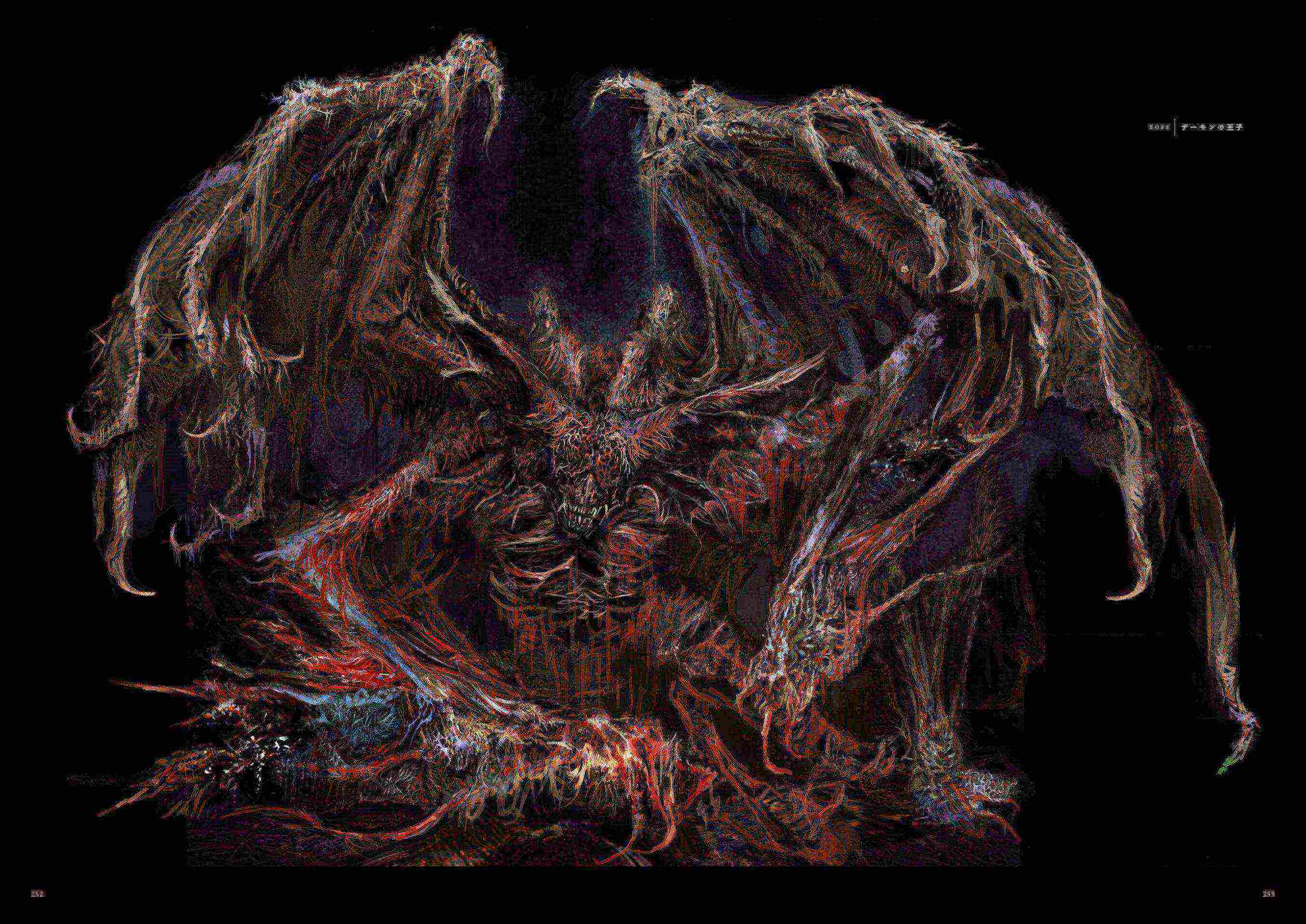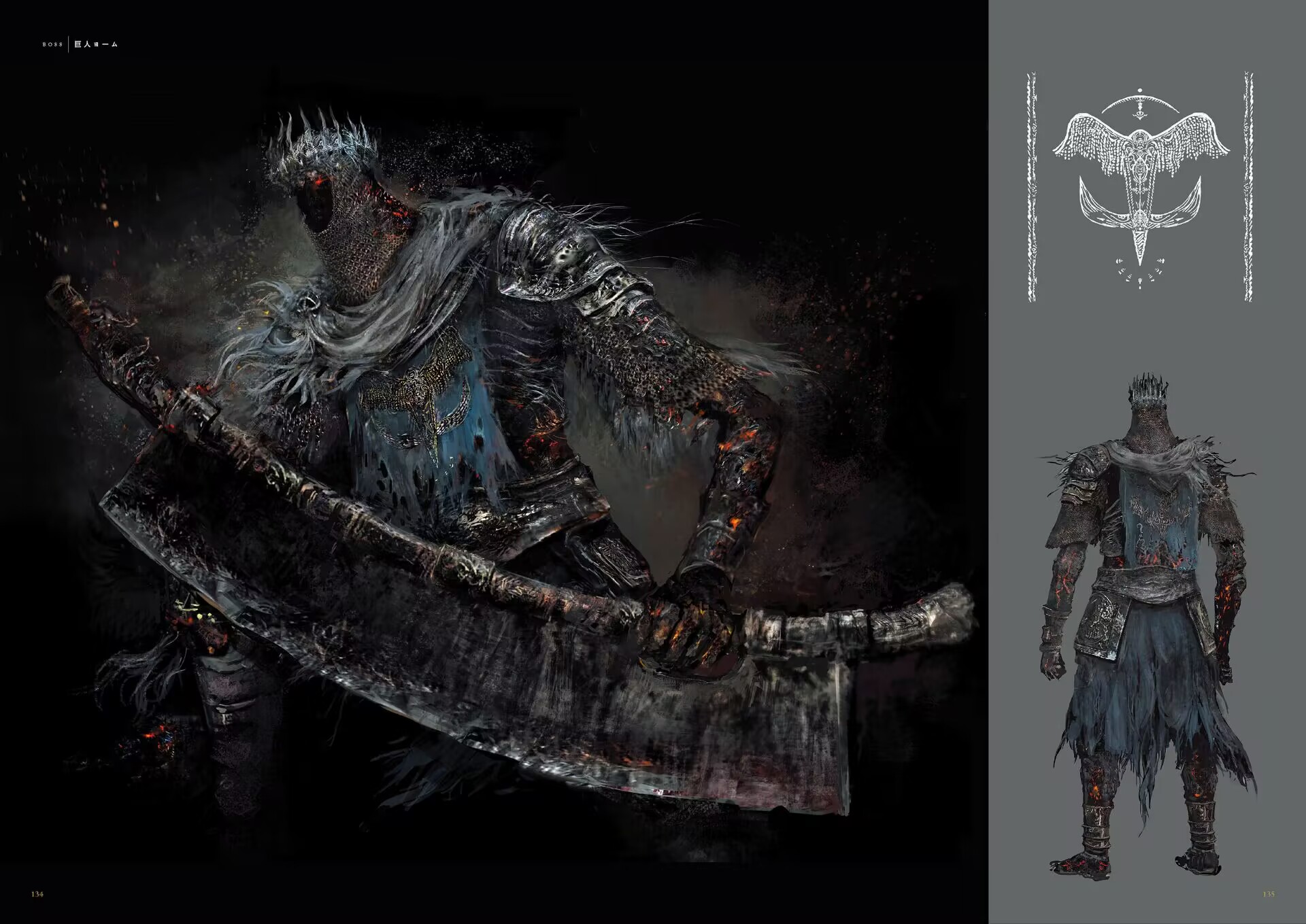架构,性能和游戏
"YAGNI" You aren't gonna need it (你不需要那个)
Blaise Pascal有向著名的信件结尾,“我没时间写的更短。”
另一向名言来自Antoine de Saint Exupery:“臻于完美之时,不是加无可加,而是减无可减。
重访设计模式
命令模式
命令是具现化的方法调用。
称命令模式为“具现化方法调用”,意思是方法调用被存储在对象中。
class Command {
public:
virtual ~Command() {}
virtual void execute(GameActor& actor) = 0;
virtual void undo() = 0;
};
class Jumpcommand : public Command {
public:
virtual void execute(GameActor& actor) { actor.jump(); }
virtual void undo() {
}
};
class InputHandler {
public:
Command* handleInput();
private:
Command* buttonX;
Command* buttonY;
Command* buttonA;
Command* buttonB;
};
Command* InputHandler ::handleInput() {
if (isPressed(Button_X))
return buttonX;
else if (isPressed(Button_Y))
return buttonY;
else if (isPressed(Button_A))
return buttonA;
else if (isPressed(Button_B))
return buttonB;
return NULL;
}
int main() {
Command* command = inputHandler.handleInput();
if (command) {
command->execute(actor);
}
}
|
享元模式
将共有数据拿出来分离到一个类中
class TreeModel {
private:
Mesh mesh;
Texture bark;
Texture leaves;
};
class Tree
{
private:
TreeModel* model;
Vector position;
double height;
double thickness;
Color barkTint;
Color leafrint;
};
|
观察者模式
成就系统?
观察者模式与事件系统的区别 观察者模式: 观察做了有趣事情的事物 事件系统: 观察的对象代表了发生的有趣事情
class Observer {
public:
virtual ~Observer() {}
virtual void onNotify(const Entity& entity, Event event) = 0;
};
class Achievements : public Observer {
public:
virtual void onNotify(const Entity& entity, Event event) {
switch (event) {
case EVENT_ENTITY_FELL:
if (entity.isHero() && heroIsOnBridge_) {
unlock(ACHIEVEMENT_FELL_OFF_BRIDGE);
}
break;
}
}
private:
void unlock(Achievements achievement) {}
bool heroIsOnBridge_;
};
class Subject {
private:
Observer* observers[MAX_OBSERVERS];
int numObservers_;
public:
void addobserver(Observer* observer) {}
void removeObserver(Observer* observer) {}
protected:
void notify(const Entity& entity, Event event) {
for (int i = 0; i < numObservers_; i++) {
observers[i]->onNotify(entity, event);
}
}
};
class Physics : public Subject {
public:
void updateEntity(Entity& entity);
};
physics.entityFell().addObserver(this);
|
原型模式
思路: 一个对象可以产生出与他自己相近的对象
class Monster {
public:
virtual ~Monster() {}
virtual Monster* clone() = 0;
};
class Ghost : public Monster {
public:
Ghost(int health, int speed) : health_(health), speed_(speed) {}
virtual Monster* clone() { return new Ghost(health_, speed_); }
private:
int health_;
int speed_;
};
typedef Monster* (*SpawnCallback)();
class Spawner {
public:
Spawner(SpawnCallback spawn) : spawn_(spawn) {}
Monster* spawnMonster() { return spawn_(); }
private:
SpawnCallback spawn_;
};
Spawner* ghostSpawner = new Spawner(spawnGhost);
class Spawner_template {
public:
virtual ~Spawner_template() {}
virtual Monster* spawnMonster() = 0;
};
template <class T>
class SpawnerFor : public Spawner_template {
public:
virtual Monster* spawnMonster() { return new T(); }
};
Spawner_template* ghostSpawner2 = new SpawnerFor<Ghost>();
|
单例模式
保证一个类只有一个实例, 并且提供了访问该实例的全局访问点
劣势: 有全局变量, 理解函数更加困难, 促进了耦合的发生, 不利于并行
class FileSystem {
public:
static FileSystem& instance() {
static FileSystem* instance = new FileSystem();
return *instance;
}
private:
FileSystem() {}
};
|
我们希望变量尽可能局部, 对象影响的范围越小越好
传进来(将带向作为参数传进函数), 但是例如"日志"这种横切面关注点不适合
从基类获得
从现有的全局中获取 class Game {
public:
static Game& instance() { return instance_; }
Log& getLog() { return *log_; }
FileSystem& getFileSystem() { return *fileSystem_; }
AudioPlayer& getAudioPlayer() { return *audioPlayer_; }
private:
static Game instance_;
Log* log_;
FileSystem* fileSystem_;
AudioPlayer* audioPlayer_;
};
|
服务定位器(见后)
状态模式
有限状态机
先处理状态, 再处理输入
enum State { STATE_STANDING, STATE_JUMPING, STATE_DUCKING, STATE_DIVING };
void Heroine::handleInput(Input input) {
switch (state_) {
case STATE_STANDING:
if (input == PRESS_B) {
state_ = STATE_JUMPING;
yVelocity_ = JUMP_VELOCITY;
setGraphics(IMAGE JUMP);
} else if (input == PRESS_DOWN) {
state = STATE_DUCKING;
setGraphics(IMAGE_DUCK);
}
break;
case STATE_JUMPING:
if (input == PRESS_DOWN) {
state_ = STATE_DIVING;
setGraphics(IMAGE_DIVE);
}
break;
case STATE_DUCKING:
if (input == RELEASE_DOWN) {
state_ = STATE_STANDING;
setGraphics(IMAGE_STAND);
}
break;
}
}
|
OO 状态模式
class Heroine {
public:
virtual void handleInput(Input input) {
HeroineState* state = state_->handleInput(*this, input);
if (state != NULL) {
delete state_;
state_ = state;
state_->enter(*this);
}
}
virtual void update() { state_->update(*this); }
private:
HeroineState* state_;
};
class HeroineState {
public:
virtual ~HeroineState() {}
virtual void handleInput(Heroine& heroine, Input input) {}
virtual void update(Heroine& heroine) {}
};
class DuckingState : public HeroineState {
public:
DuckingState() : chargeTime_(0) {}
virtual void handleInput(Heroine& heroine, Input input) {
if (input == RELEASE_DOWN) {
return new StandingState();
}
}
virtual void update(Heroine& heroine) {
chargeTime_++;
if (chargeTime_ > MAX_CHARGE) {
heroine.superBomb();
}
}
private:
int chargeTime_;
};
class StandingState : public HeroineState {
public:
virtual void enter(Heroines heroine)
{ heroine.setGraphics(IMAGE_STAND); }
};
|
此外还有
- 并发状态机(多个并列状态机)
- 分层状态机(状态可以有父状态, 如果子状态没有处理, 就交给父状态)
- 下推自动机(将之前的状态存储在栈中, 例如开完火就弹出开火状态, 返回到之前的状态)
序列模式
双缓冲模式
使用两个帧缓冲
使用条件
- 需要维护一些增量修改的状态
- 当修改到一半时, 状态可能被外部请求
- 想要防止请求状态的外部代码知道内部的工作方式
- 想要读取状态并且不想等修改完成
class Framebuffer {
public:
Framebuffer() { clear(); }
void clear() {
for (int i = 0; i < WIDTH * HEIGHT; i++) {
pixels_[i] = WHITE;
}
}
void draw(int x, int y) { pixels_[(WIDTH * y) + x] = BLACK; }
const char* getPixels() { return pixels_; }
private:
static const int WIDTH = 160;
static const int HEIGHT = 120;
char pixels_[WIDTH * HEIGHT];
};
class Scene {
public:
Scene() : current_(&buffers_[0]), next_(&buffers_[1]) {}
void draw() {
next_->clear();
next_->draw(1, 1);
swap();
}
Framebuffer& getBuffer() { return *current_; }
private:
void swap() {
Framebuffer* temp = current_;
current_ = next_;
next_ = temp;
}
Framebuffer buffers_[2];
Framebuffer* current_;
Framebuffer* next_;
};
|
游戏循环
游戏循环: 事件循环, 处理用户输入但是不等待他
一个循环就是一个 tick
while(true){
processInput();
update();
render();
}
|
但是如何以固定的速度运行游戏?
方案 1
while (true) {
double start = getCurrentTime();
processInput();
update();
render();
sleep(start + MS_PER_FRAME - getCurrentTime());
}
|
方案 2
double lastTime = getCurrentTime();
while (true) {
double current = getCurrentTime();
double elapsed = current - lastTime;
processInput();
update(elapsed);
render();
lastTime = current;
}
|
方案 3
double previous = getCurrentTime();
double lag = 0.0;
while (true) {
double current = getCurrentTime();
double elapsed = current - previous;
previous = current;
lag += elapsed;
processInput();
while (lag >= MS_ PER_UPDATE) {
update();
lag -= MS_ PER_ UPDATE;
}
render();
}
|
更新方法
对象独立, 跟着时间进行模拟update()
每一帧, 游戏循环遍历集合, 在每个对象上调用 update()方法
(可能需要用到双缓冲, 可能需要传入消逝的时间)
行为模式
字节码(解释器模式)
将行为编码为虚拟机上的指令
指令集定义可执行的底层操作 一系列指令被编码为字节序列 (可以想象成, 每个字节码代表一个指令, 高层只需要使用字节码就能编写高层行为) 虚拟机(解释器, 对字节码进行解析, 输入字节码, 执行对应的指令, 可以使用栈来存储字节码和参数)使用中间值堆栈执行这些指令 通过组合指令定义复杂高层行为
子类沙箱
用一系列由基类提供的操作定义子类中的行为
比如: 在基类中提供 protected 方法, 这些方法是可供子类使用的基本单元 子类只需要继承基类, 然后在用基类的基本方法实现自己的activate()方法
但是这会导致 脆弱的基类问题: 基类变得难以改变
class Superpower {
public:
virtual ~Superpower() {}
protected:
virtual void activate() = 0;
void move(double x, double y, double z) {}
void playSound(SoundId sound, double volume) {
}
void spawnParticles(ParticleType type, int count) {}
};
|
类型对象
让类 A 灵活的创造新类型, 类 A 的每个实例都代表了不同的对象类型
eg: 要创建多种 monster
本质上是将部分的类型系统从硬编码的继承结构拉出, 放到可以运行时定义的数据中, 但是这样定义类型相关的行为就会变得困难
典型的例子就是 虚函数表
class Breed {
public:
Breed(int health, const char* attack) : health_(health), attack_(attack) {}
Monster* newMonster() { return new Monster(*this); }
int getHealth() {
if (health_ != 0 || parent_ == NULL)
return health_;
return parent_->getHealth();
}
const char* getAttack() { return attack_; }
private:
int health_;
const char* attack_;
Breed* parent_;
};
class Monster {
public:
const char* getAttack() { return breed_.getAttack(); }
private:
Monster(Breed& breed) : health_(breed.getHealth()), breed_(breed) {}
int health_;
Breed& breed_;
};
Monster* monster = someBreed.newMonster();
|
解耦模式
组件模式
允许单一实体 跨越多个领域 而不导致这些领域彼此耦合
但是这样会导致: 对象需要实例化初始化, 正确的连接, 不同组件间沟通会有困难, 控制他们如何使用内存会更复杂
class Bjorn {
public:
int velocity;
int x, Y;
void update(World& world, Graphics& graphics) {
input_.update(*this);
physics_.update(*this, world);
graphics_.update(*this, graphics);
}
private:
InputComponent* input_;
PhysicsComponent physics_;
GraphicsComponent graphics_;
}
|
事件队列
解耦发出消息的时间 和 处理他的时间
while (running) {
Event event = getNextEvent();
}
|
环形队列
等等(?)
服务定位器
提供服务的全局接入点, 避免使用者和服务类耦合
服务类定义了操作的抽象接口, 分离的服务定位器提供查询获取服务的方法, 同时隐藏服务提供者的具体细节和定位它的过程
class ConsoleAudio : public Audio {
public:
virtual void playSound(int soundID) {}
virtual void stopSound(int soundID) {}
virtual void stopAllSounds() {}
};
class Locator {
public:
static void initialize() { service_ = &nullService_; }
static Audio& getAudio() { return *service_; }
static void provide(Audio* service) {
if (service == NULL)
service = &nullService_;
else
service_ = service;
}
private:
static Audio* service_;
static NullAudio nullService_;
};
|
日志系统的实现
class LoggedAudio : public Audio {
public:
LoggedAudio(Audio& wrapped) : wrapped_(wrapped) {}
virtual void playSound(int soundID) {
log("play sound");
wrapped_.playSound(soundID);
}
virtual void stopSound(int soundID) {
log("stop sound");
wrapped_.stopSound(soundID);
}
virtual void stopAllSounds() {
log("stop all sounds");
wrapped_.stopAllSounds();
}
private:
void log(const char* message) {}
Audio& wrapped_;
};
void enableAudioLogging() {
Audio* service = new LoggedAudio(Locator::getAudio());
Locator::provide(service);
}
|
反射?: 编程语言在运行时与类型系统打交道的能力
优化模式
数据局部性
cpu 缓存
c++ 中的指针访问, 虚函数都会导致内存访问不连续
冷/热分割
脏标识模式
将工作延期至需要其结果才去执行, 避免不必要的工作
对象池模式
放弃单独的分配和释放对象, 从固定的池中重用对象
空间分区
将对象根据位置存储在数据结构中, 来高效的定位对象






